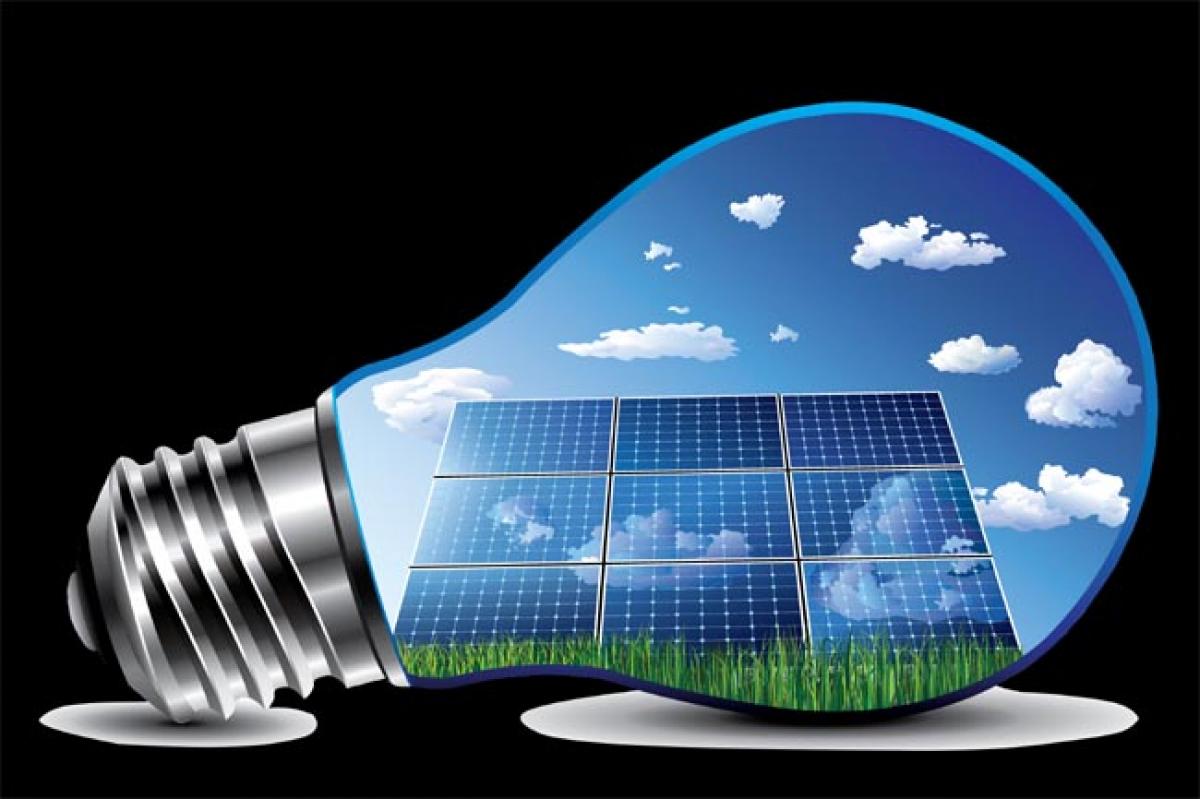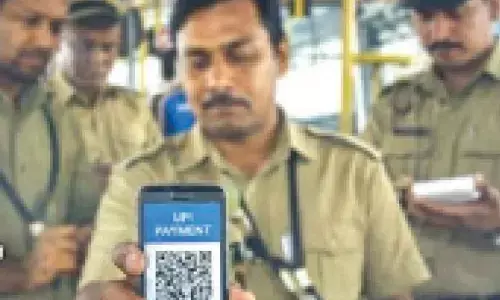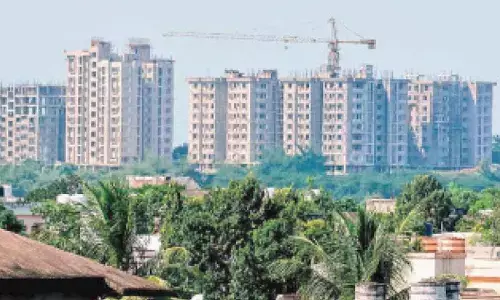Trends, Myths and everything you need to know about Solar Energy

India has tremendous solar energy potential. As the nation faces an increasing demand - supply gap in energy, it is imperative that we tap the solar potential to meet the energy requirements as well.
India has tremendous solar energy potential. As the nation faces an increasing demand - supply gap in energy, it is imperative that we tap the solar potential to meet the energy requirements as well. This article delves into the current trends and myths related to the solar energy industry in India as well as the hurdles, policies, and future of the same.
Trends
The Indian solar market is at an interesting juncture, having now achieved more than 7000 MW of capacity, with most of it installed in the last 2 years. The country’s National Solar Mission aims for an installed capacity of 100,000 MW by 2022, an audacious goal that some see as unrealistic.
Perhaps the most challenging aspect of this goal is the target of 40,000 MW of rooftop solar (with the remaining 60,000 MW to come from utility-scale solar farms). Rooftop solar capacity stands at less than 1000 MW, and is more decentralized, and therefore harder for the government to drive directly.
Bridge to India, a leading consultancy and knowledge services provider in the Indian renewable market, announced earlier this year that the India rooftop solar industry has witnessed a 66% growth in 2015 despite the lack of specific rooftop initiatives, which are enjoyed by the utility scale solar segment. This development is largely the result of improved project economics, as solar prices have fallen and grid tariffs rise across the country. Awareness of the benefits of rooftop solar is also growing, particularly among commercial and industrial consumers who pay the most for grid electricity.
Corporates are also increasingly taking advantage of the build-own-operate model, in which a solar developer invests in the plant, and the building owner pays per kWh for the solar power generated. As economics have improved, businesses across the country can now buy solar power at below grid tariffs, without any investment. This is called “grid parity”, and the Bridge to India report claims that grid parity has been reached for commercial customers in 19 states, and industrial customers in 17 states.
Highlights of the India Solar Rooftop Map 2016 suggest that over 525 MW of rooftop solar projects have been commissioned as of 31st October 2015. Tamil Nadu tops the list in comparison with other states in rooftop installations with over 76 MW, but rooftop solar is well represented across the country. This stands in contrast to solar farms, which are heavily dependent on state support for these projects. India being a very sunny region, almost all regions of the country are well suited to solar power.
However, the residential segment has not taken off, with no state being able to achieve grid parity according to Bridge to India. Unlike in many countries, residential consumers in India typically pay less for power than commercial and industrial consumers, and smaller scale residential solar installations are also more expensive. It will take further improvement in project economics, along with effective government support, for the residential solar market to take off in a big way.
With the fundamental economics getting stronger, solar doesn’t require subsidies so much as enabling policies. For example, net metering allows consumers to feed surplus solar power into the grid when they don’t need it, and receive a credit on their electricity bill. This takes care of the problem of matching power supply and demand, which will never match perfectly for any building. Net metering effectively uses the grid as a huge battery, which helps to balance this demand/supply mismatch.
Without net metering, many rooftop solar plants – and residential ones in particular – would require a battery backup to even out the power consumption through the day. Battery costs have been falling rapidly, and will become an important part of the solar industry someday – but today, very few solar plants would be financially attractive once battery costs are built in.
Many states have now created net metering policies, although implementation has been slow in many cases, and in others there are arbitrary constraints and limits. For example, net metering in Tamil Nadu is not allowed for high-tension consumers, which are the largest consumers. In many states, there is a cap on the size of the project which can avail net metering, which prevents large customers from fully using their rooftops.
Myths
While awareness is growing, myths about solar power still abound. Many people still think of solar to be a very costly source of power. While the upfront cost of solar is indeed high, when looked at across the 25-year life of the plant, the economics are becoming very attractive. This is particular true of rooftop solar plants, which avoid transmission costs and losses. However, even utility-scale solar plants are approaching the wholesale cost of thermal power, even without accounting for the major environmental and health costs of thermal power.
Many also wrongly believe that solar power is only well suited to the sunniest regions, like Rajasthan and Gujarat. In fact, the variation in solar power generation tends to be much less than people think. In India, outside of the northeast and parts of the Himalayas, solar panels will perform very well.
Another myth is that solar PV is a relatively new technology, with a lot of performance risks. Solar PV has been around since the early 1950s, and has made slow but steady progress since then. It is now a very stable technology, which has a long track record of success. Because it has no moving parts, it is actually a much more dependable, low-maintenance technology than most other forms of power generation. While solar power generation fluctuates from day to day and month to month, the total power production is very consistent in the long term, as the amount of sunlight is very consistent from year to year.
Some also see solar power as a limited solution, because it only generates power during the day, and is expensive to store. This is true for an individual solar power plant – but when blended with other sources of power in the grid, the fluctuations of solar power can be absorbed. As the proportion of power coming from solar (and wind) increases, the grid will need to balance the intermittent generation with a combination of tools – better transmission infrastructure, a mix of power generation from different sources, shifting flexible power consumption to match with times of surplus power, and a limited amount of energy storage (batteries).
Another emerging technology, electric cars, actually complement solar and wind power very well, because the charging of the cars’ batteries can be timed to times when renewable energy is abundant.
Solar power has a lot to offer India, whether you are more concerned about improving access to power, reducing power costs, or mitigating climate change and air pollution. Central and state governments, as well as the private sector, seem to recognize this potential, which is reflecting by India’s new status as the fourth largest market for solar PV in 2016. While both government and industry will need to push the limits of possibility to achieve the ambitious goals the central government has set, India will be well served by doing so.
By: Mr. Andrew Hines,Head of Business Development of South India, CleanMax Solar

















